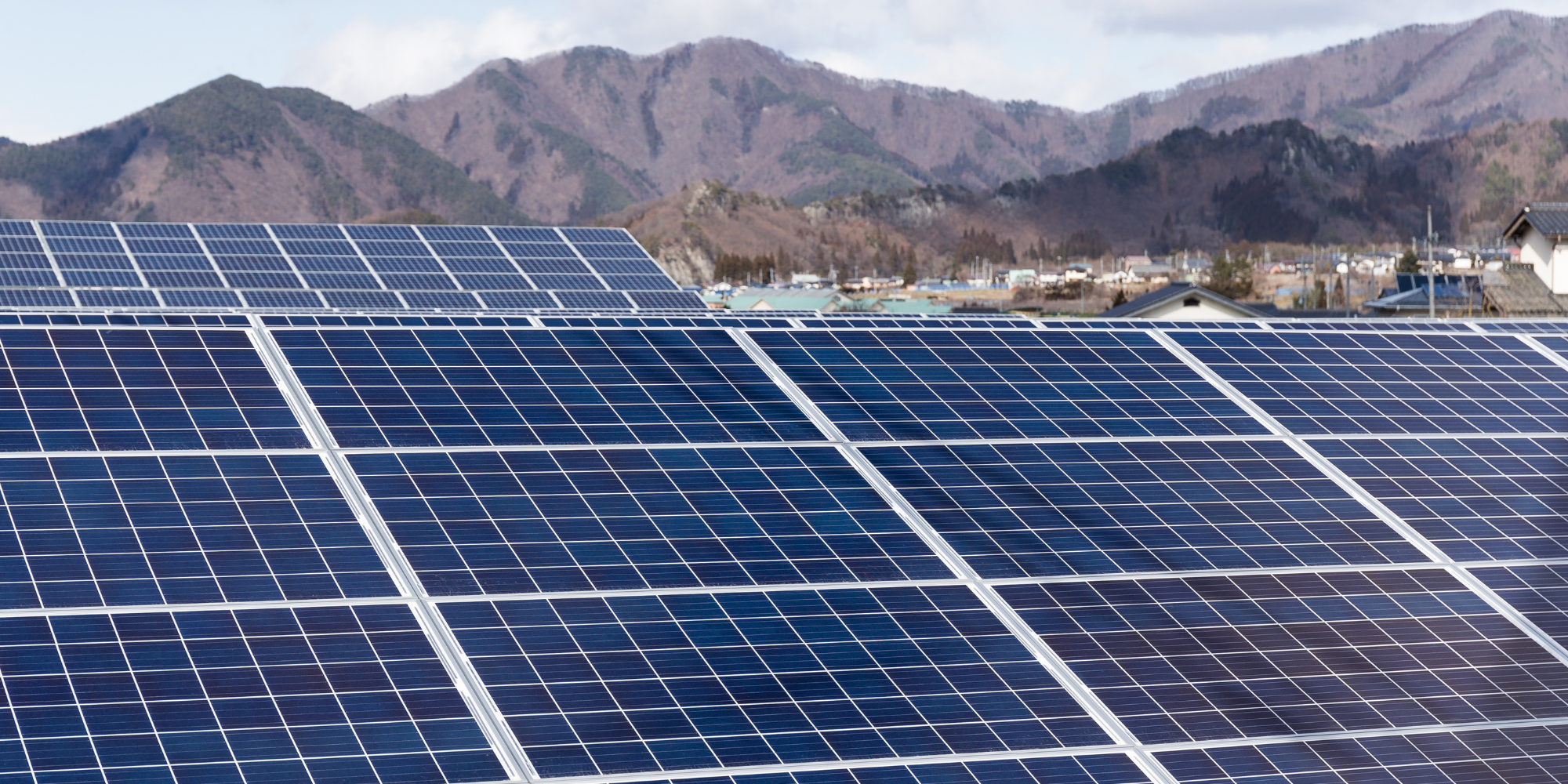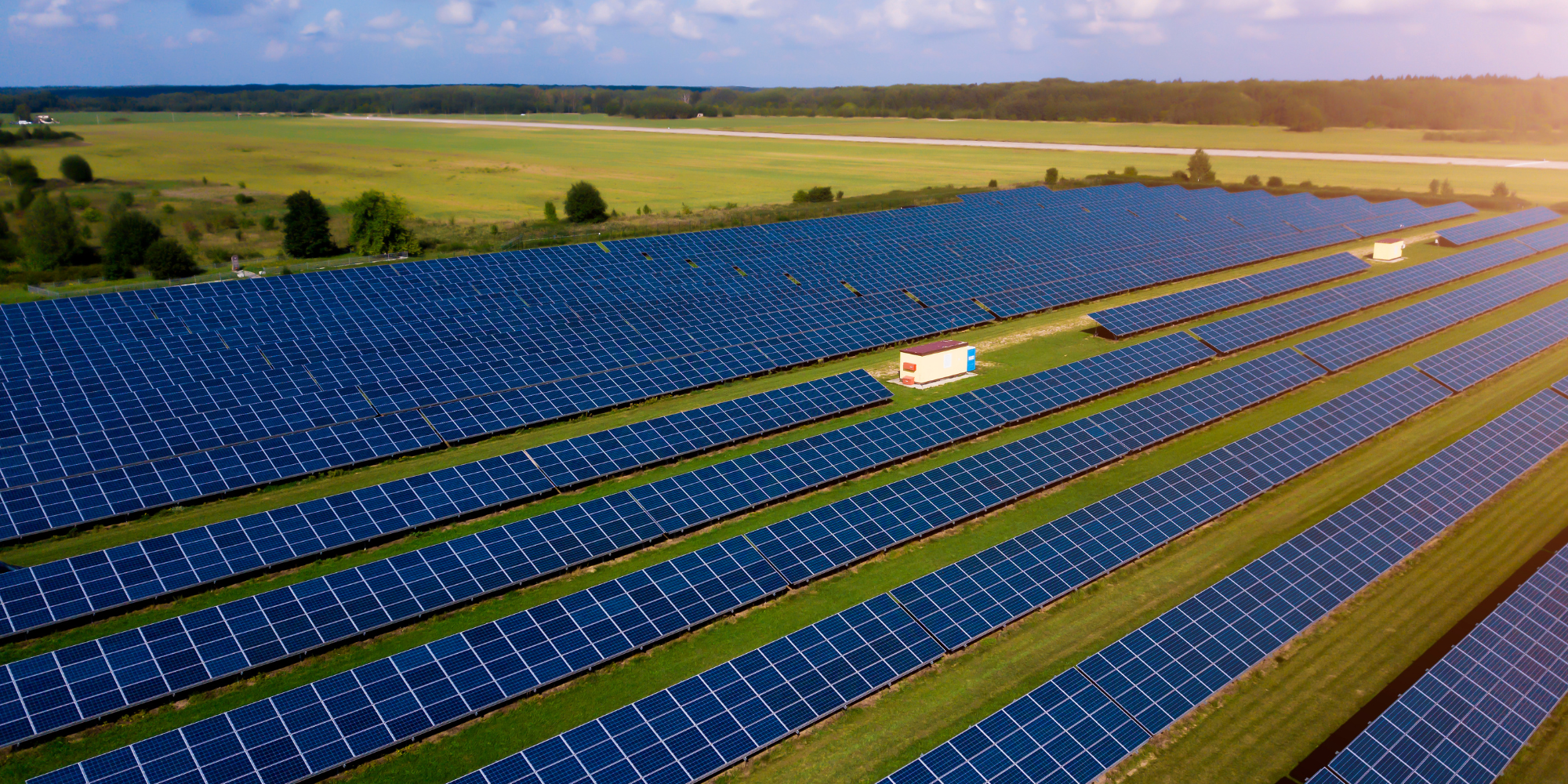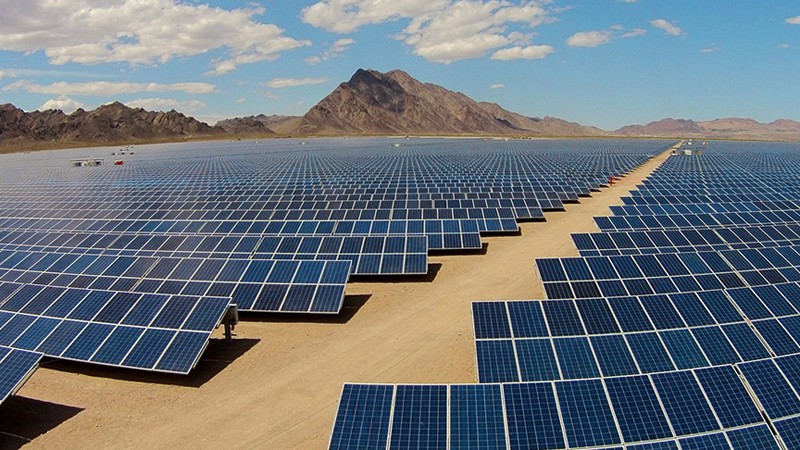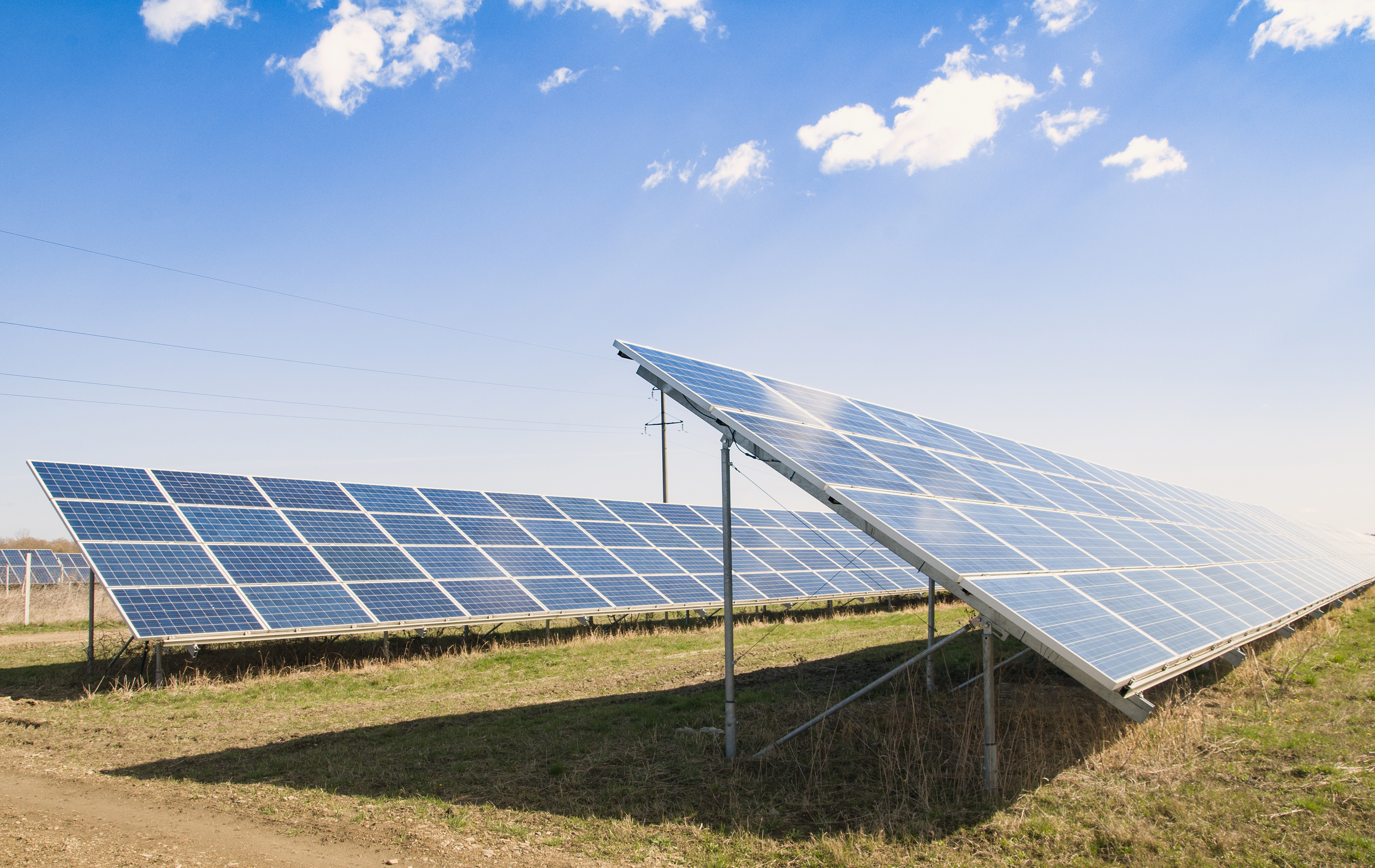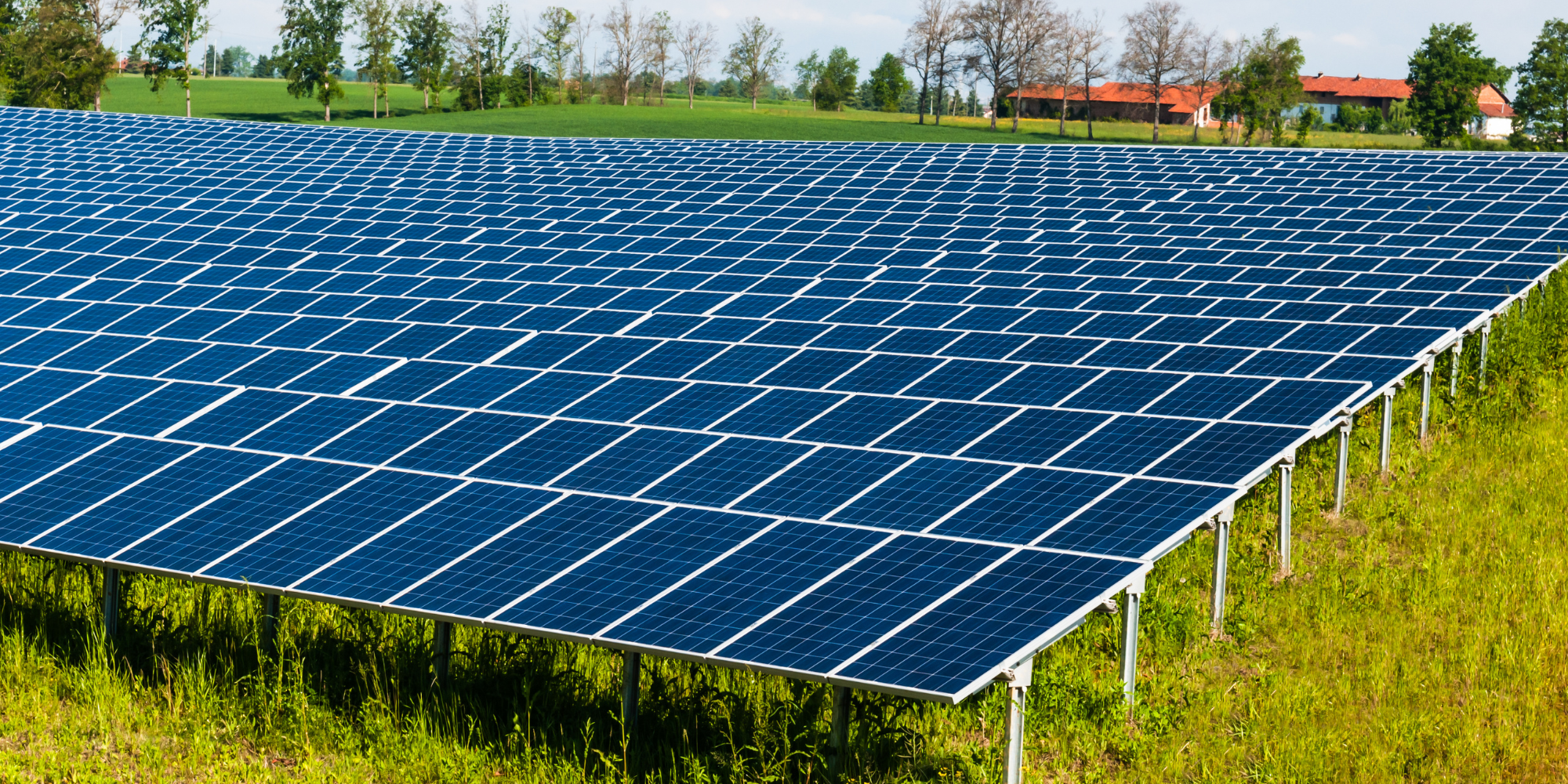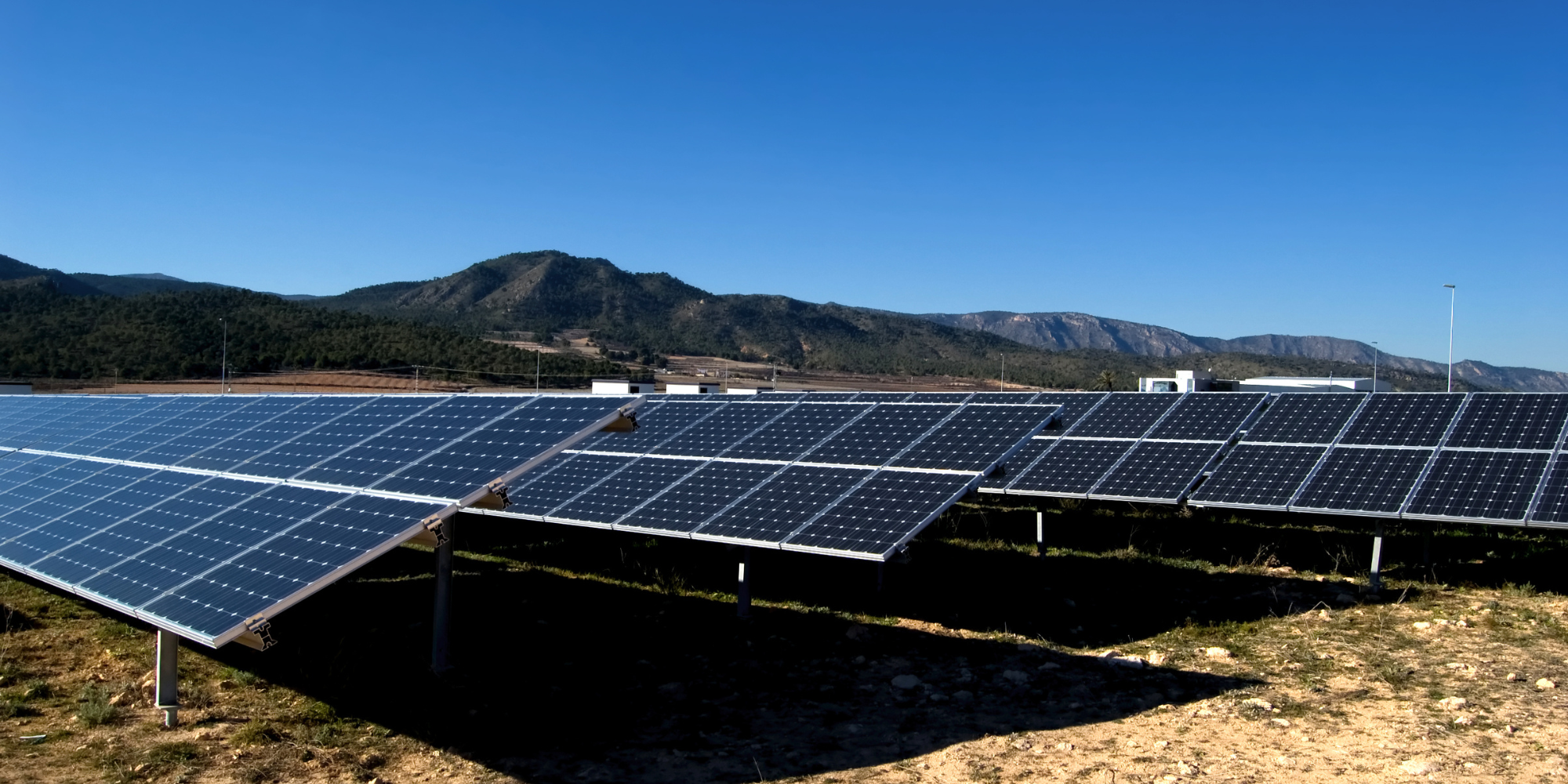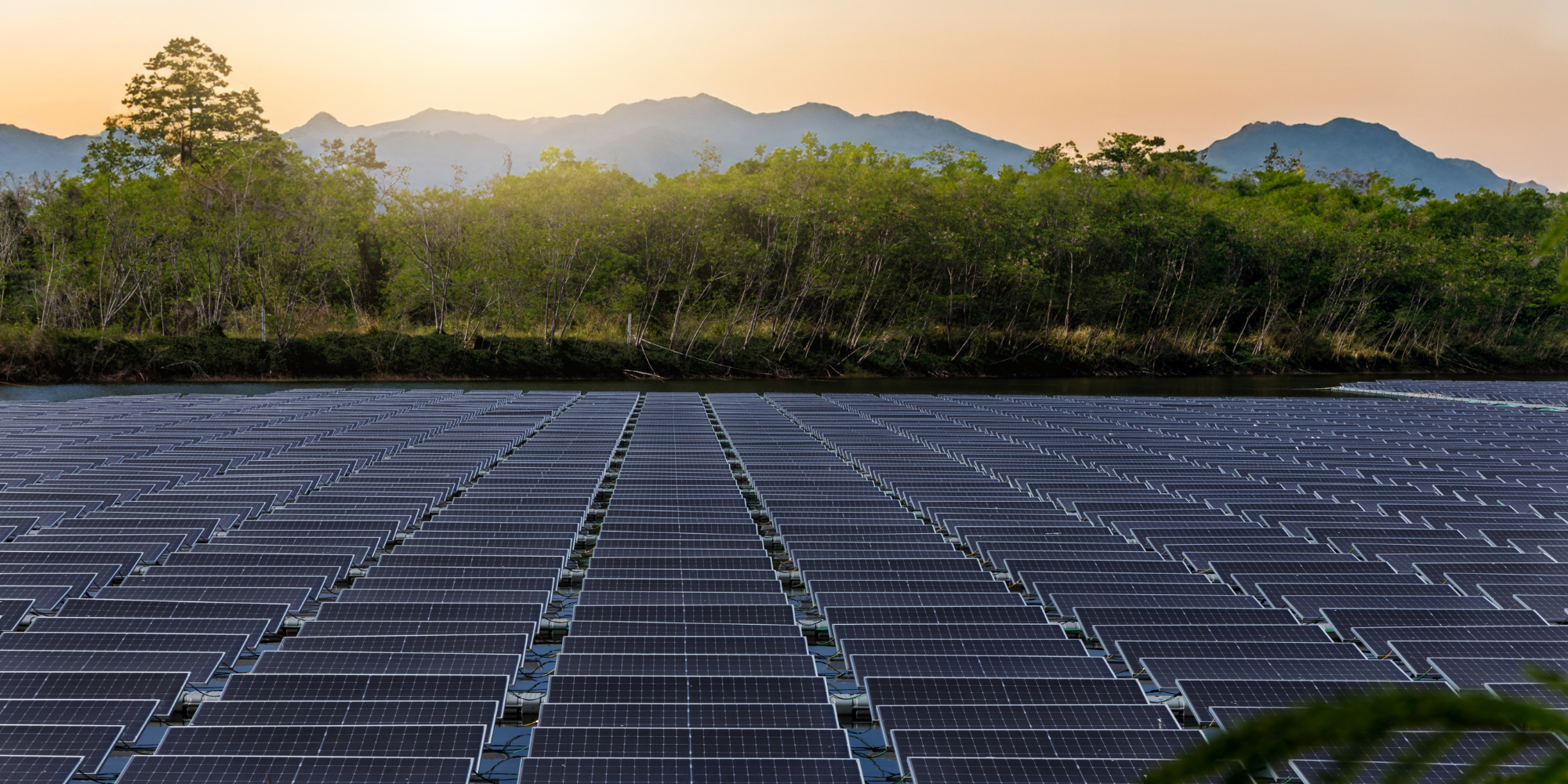OverviewWhat is Open Access Solar
Solar open access refers to a policy or regulatory framework that allows consumers, businesses, and industries to procure solar energy directly from solar power generators located outside of their premises or within the same distribution network but not connected to their property. In other words, it allows consumers to buy solar electricity from a solar power producer located at a different location, instead of solely relying on the electricity supplied by their local utility
This concept is typically implemented in areas where electricity markets are open to competition, and there is a desire to promote renewable energy adoption. It enables consumers to have more choices and access to clean, renewable energy without installing solar panels on their own property
